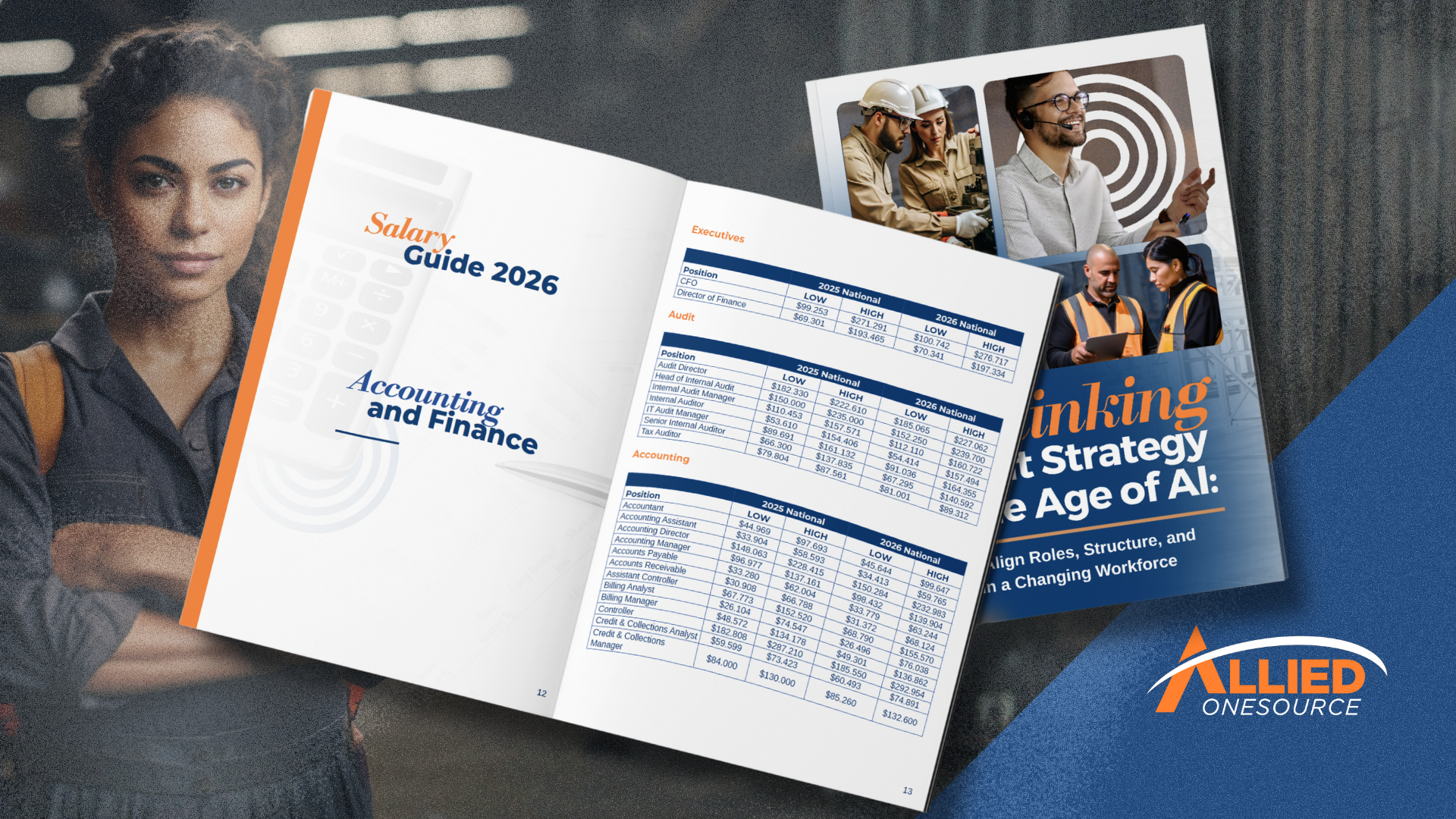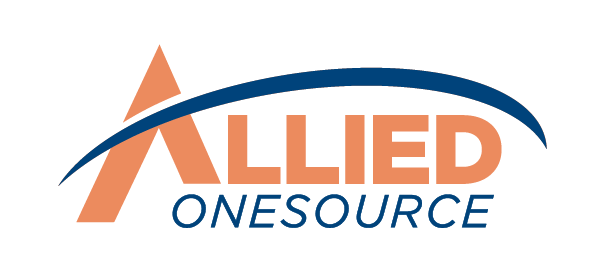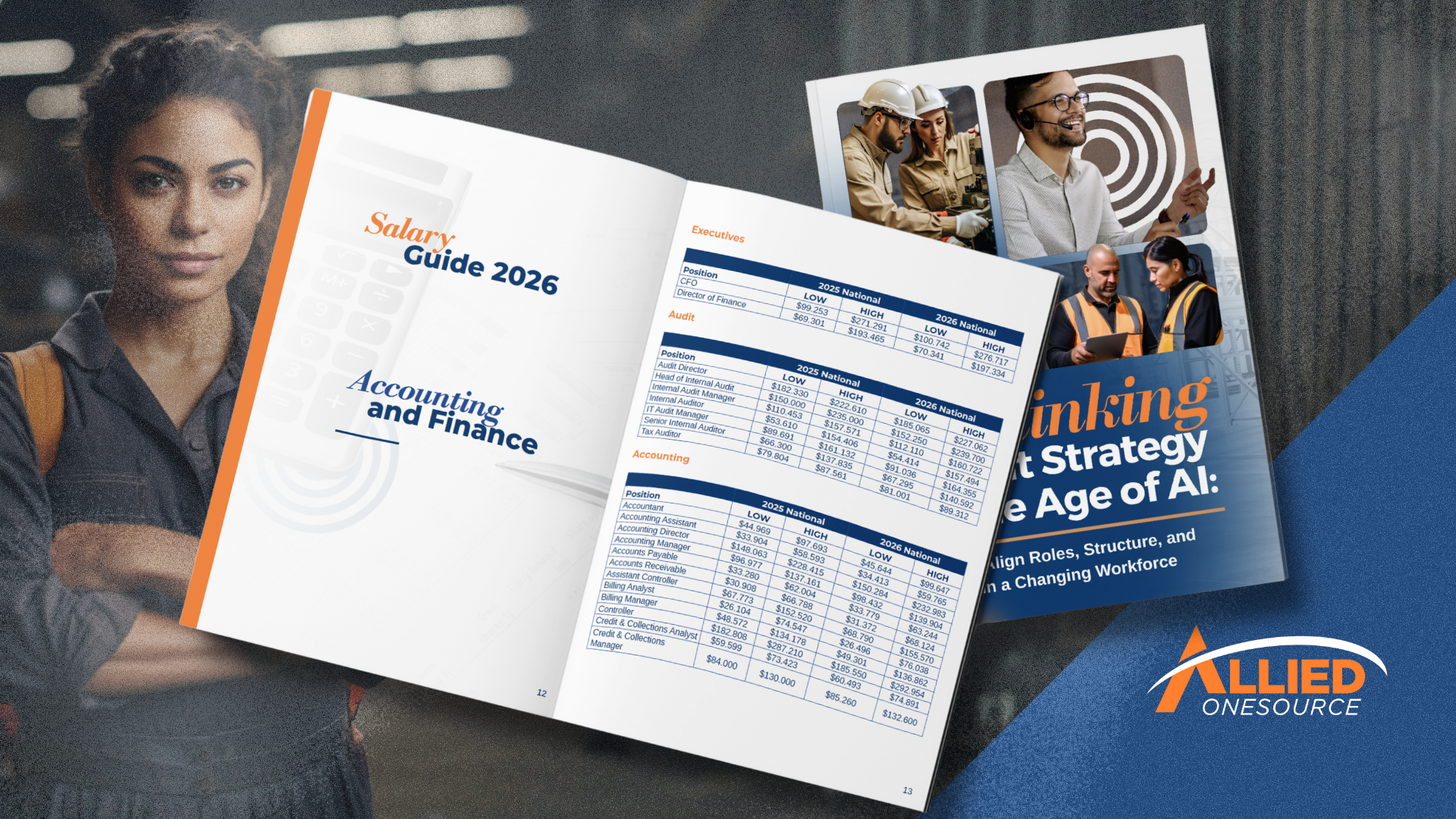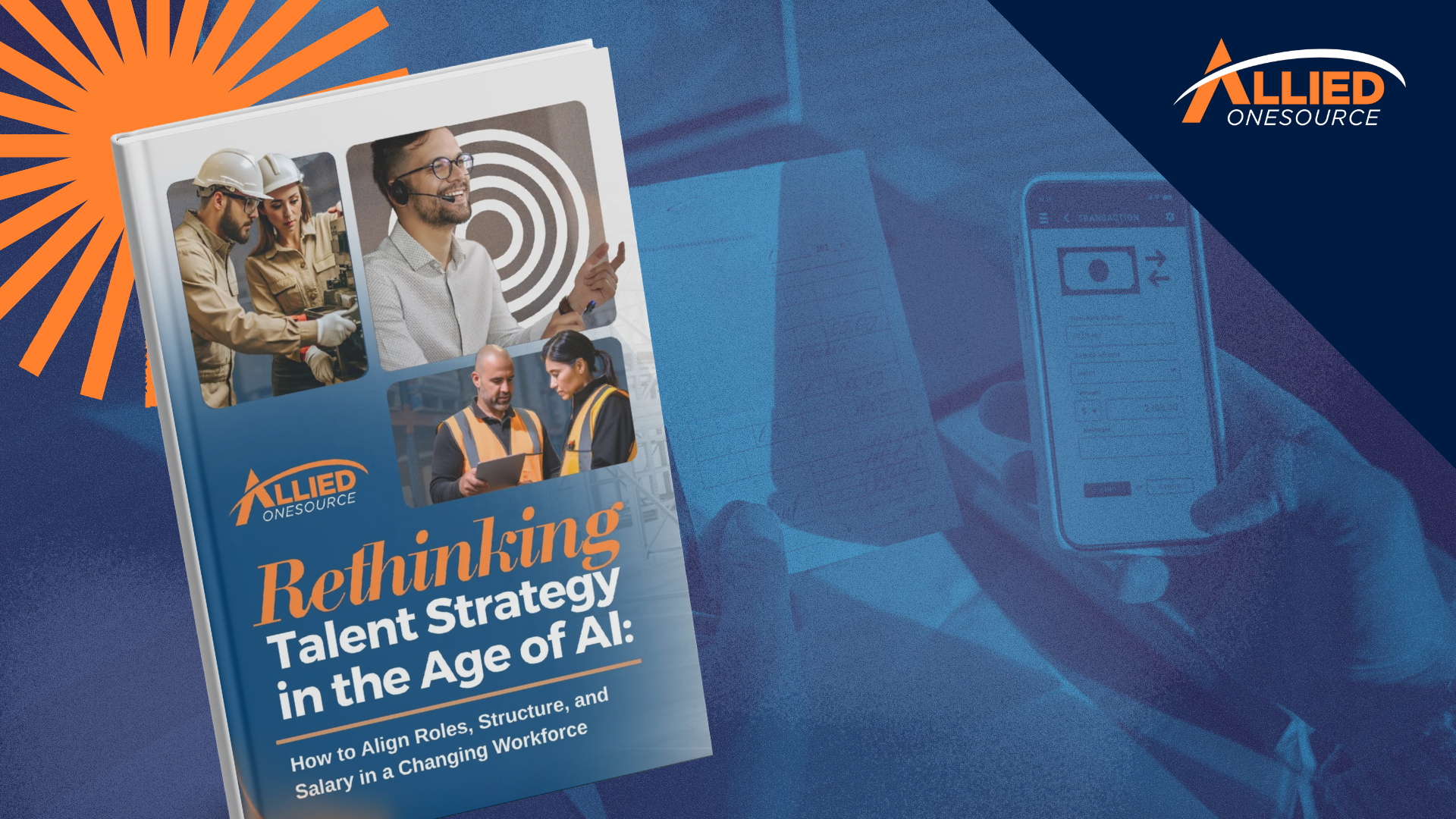The Post-Hire Dropout: How to Avoid Turnover in Critical Roles After a Hiring Surge
Filling critical roles during a hiring surge can feel like winning a race—thrilling and rewarding. But sometimes, just as you’re catching your breath, the baton gets dropped. Imagine this: You’ve spent weeks sourcing, screening, and selecting the perfect candidate.
They start strong, diving into tasks and building momentum. Then, out of nowhere, they quit. Suddenly, you’re back at square one, racing to refill the position while your team scrambles to cover the gaps.
It’s a scenario that’s more common than you’d think. High turnover after hiring surges isn’t just frustrating, it’s costly. Early resignations and high turnovers can undo the progress you’ve made quickly. It impacts team morale, disrupts workflows, and can make you look bad.
But here’s the good news, these challenges aren’t unavoidable. With the right strategies, you can keep hires engaged, supported, and invested in long-term success. The trick isn’t just to hire well; it’s to make every hire stay.
Why Do New Hires Leave?
More than 30 percent of new hires leave their jobs within the first 90 days of getting hired.¹ Studies show the top reasons for early departures in the United States are lack of clear job guidelines and insufficient recognition.²
When expectations don't match reality, onboarding falls short, or growth opportunities are limited, new hires quickly look elsewhere. Without proper support and growth potential, even the most promising hires will seek better opportunities.
Hidden Costs of Early Turnover
Here's what really happens when new hires leave.
Recruitment and Training Expenses
Recruiting, interviewing, and hiring a replacement, as well as the time and resources spent on training the departing employee, are essentially wasted. Each new hire that leaves early forces you to restart the cycle, leading to more expenses. The cost of replacing an employee ranges from half to twice their annual salary.³
Read More: 9 Effective Ways to Speed Up Your Hiring Process
Productivity Loss and Operational Delays
Beyond recruitment costs, when an employee leaves, it disrupts productivity, especially if the position is crucial. High turnover leaves a gap for your remaining team, from undone tasks to missed deadlines. The time taken to bring a replacement up to speed leads to delayed projects and lost revenue.
Impact on Team Morale and Workloads
It’s easy to focus on the financial effects of a turnover and forget its effects on team morale. When turnover becomes a pattern, your teams are taking on extra responsibilities, and they will feel overwhelmed. This can lead to burnout and some of them leaving.
How to Prevent Post-Hire Dropout
Let’s explore strategies to keep new hires motivated and committed beyond the first 90 days.
1. Build a Strong Foundation Through Onboarding
Getting new hires up to speed quickly is essential, but you can’t ignore the quality of your onboarding process. A well-structured onboarding process sets the tone for long-term success. It can be the difference between long-term commitment and early resignation.
First-Week Action Plan
Before new hires start, create an outline of what is expected from them and what they’re to deliver. This includes: orientation, role overview, and training. You don’t want to leave them clueless when they are supposed to be productive.
30-60-90 Day Roadmap
Extend this plan for a longer period. Instead of overwhelming new employees in the first week alone, break your plan into monthly, bimonthly, and quarterly goals. For example, your new workers don’t need to know how the whole firm operates immediately—they can know that after the first month.
Role-Specific Onboarding Checklists
Before they start their roles, ensure that all resources and materials are based on their responsibilities. Gather and readily provide handbooks, video tutorials, and role-specific guides. You want them to quickly grasp job requirements and tools.
Buddy System Implementation
You can also pair new hires with seasoned workers who can guide them through the learning curve, answer questions, and help them integrate better. This speeds up their learning while helping them feel more comfortable, reducing turnover.
Read More: Employee Onboarding Guide: 8 Best Practices for an Outstanding Employee Experience
2. Keep New Hires Engaged Past Day One
Constant engagement through the hiring process will ensure they stay committed long-term.
Weekly Check-In Schedule
As you get caught up in the onboarding process, don’t forget it’s more than a day journey. Check in with them weekly to address concerns, answer questions, and provide guidance.
Two-Way Feedback System
Communication is a two-way street. As you gather feedback from new hires, encourage them to reciprocate. Keep an open channel for communication and use their input to refine your process and show them your commitment to continuous improvement.
Team Integration Activities
Simple gestures like team-building events, lunches, or casual meetups can go a long way to keep new hires engaged. When there’s a strong bond among workers, new hires build relationships and feel connected to the team, which might be the difference in retention.
Spot Early Warning Signs of Disengagement
It’s not enough to create plans for engagement. You need to be proactive to spot red flags like missed deadlines, lack of participation in meetings, or enthusiasm. These issues are usually your first signs of disengagement, so keeping your eyes on warning signs is one of the best ways to prevent disengagement and reinforce commitment, even after the initial excitement of a new role fades.
3. Show Clear Growth Opportunities
If your firm lacks opportunities for career advancements, an employee is likely to leave due to their inability to grow. Feeling stuck in a position without progression might be the biggest reason for employee turnover. Research has shown that 63 percent of new hires said they quit because of a lack of opportunities for advancement.⁴
Career Progression Roadmap
Your new hires need to see a clear progression path, or they’ll look elsewhere. So, you must create a clear, transparent path for promotions and advancement within the firm. This will help them plot their future and stay motivated to grow with the organization.
Skill Development Plan
It’s also worth investing in training programs and certifications to build new skills and enhance their expertise. For example, LinkedIn has predicted a skill gap in GenAI implementation and JPMorgan has been training its new hires in prompt engineering.
Why not do the same for an IT role you’re recruiting? Think about it: showing that you’re invested in their professional development encourages them to commit to your firm long-term.
Regular Growth Discussions
Getting performance feedback is all part of learning. Schedule one-on-one reviews to discuss long-term goals, performance, and potential career paths. These conversations provide feedback and inform employees on their professional development avenues.
4. Create a Supportive Work Environment
New hires who don’t feel welcomed or connected to their team or the company culture may struggle to find motivation or a sense of purpose in their work. If employees don’t bond with their colleagues or connect with what you are doing, they’re less likely to stick around long-term.
Foster an environment of trust and belonging through consistent two-way communication. Celebrate wins both big and small with meeting shout-outs and performance incentives, while supporting work-life integration through flexible schedules and wellness programs. Using HR tools to monitor engagement helps spot potential issues early. This ensures your team feels heard and valued for the long haul.
5. Measure and Improve Your Retention Efforts
Keep a pulse on your retention success by tracking:
- Turnover rate
- Retention rate
- Employee Engagement Scores
- Absenteeism Rates
- Performance Review Ratings
Watch for warning signs like increased absences, missed deadlines, or drops in morale—these often signal disengagement. Use HR analytics platforms to track these trends and make data-driven improvements. Regular reviews of what's working (and what isn't) help your retention strategy evolve with your team's needs.
Turn Hiring Success into Long-Term Retention
Getting the right candidate is only the beginning keeping them engaged, motivated, and committed drives long-term success.
Allied OneSource helps you build structured onboarding, continuous engagement, and clear growth opportunities to create a team that's ready to grow with your business.
Need help keeping your best people? Let's start with implementing our first-week onboarding checklist. Contact us today to build better strategies for hiring and keeping the talent your business needs.
References
- Blazina, Carrie. “Majority of Workers Who Quit a Job in 2021 Cite Low Pay, No Opportunities for Advancement, Feeling Disrespected.” Pew Research Center, 9 Dec. 2024, www.pewresearch.org/short-reads/2022/03/09/majority-of-workers-who-quit-a-job-in-2021-cite-low-pay-no-opportunities-for-advancement-feeling-disrespected.
- Matuson, Roberta. “So You Want to Quit Your Brand-New Job&Hellip;” Harvard Business Review, 6 Dec. 2021, hbr.org/2021/12/so-you-want-to-quit-your-brand-new-job.
- Statista. “Top Reasons Why New Hires Leave After Six Months or Less U.S. 2023.” Statista, 23 Nov. 2023, www.statista.com/statistics/1421871/onboarding-why-new-hires-leave.
- Transportation, Hospitality and Services- Retention. www2.deloitte.com/content/dam/Deloitte/global/Documents/gx-tgr-transportation-hospitality-services-retention-sector.pdf.











